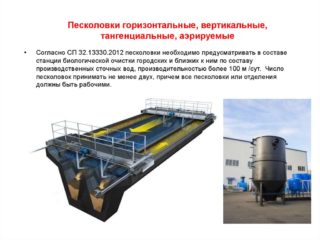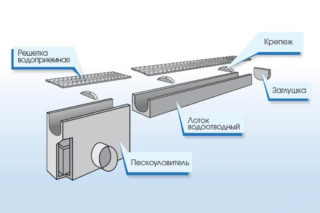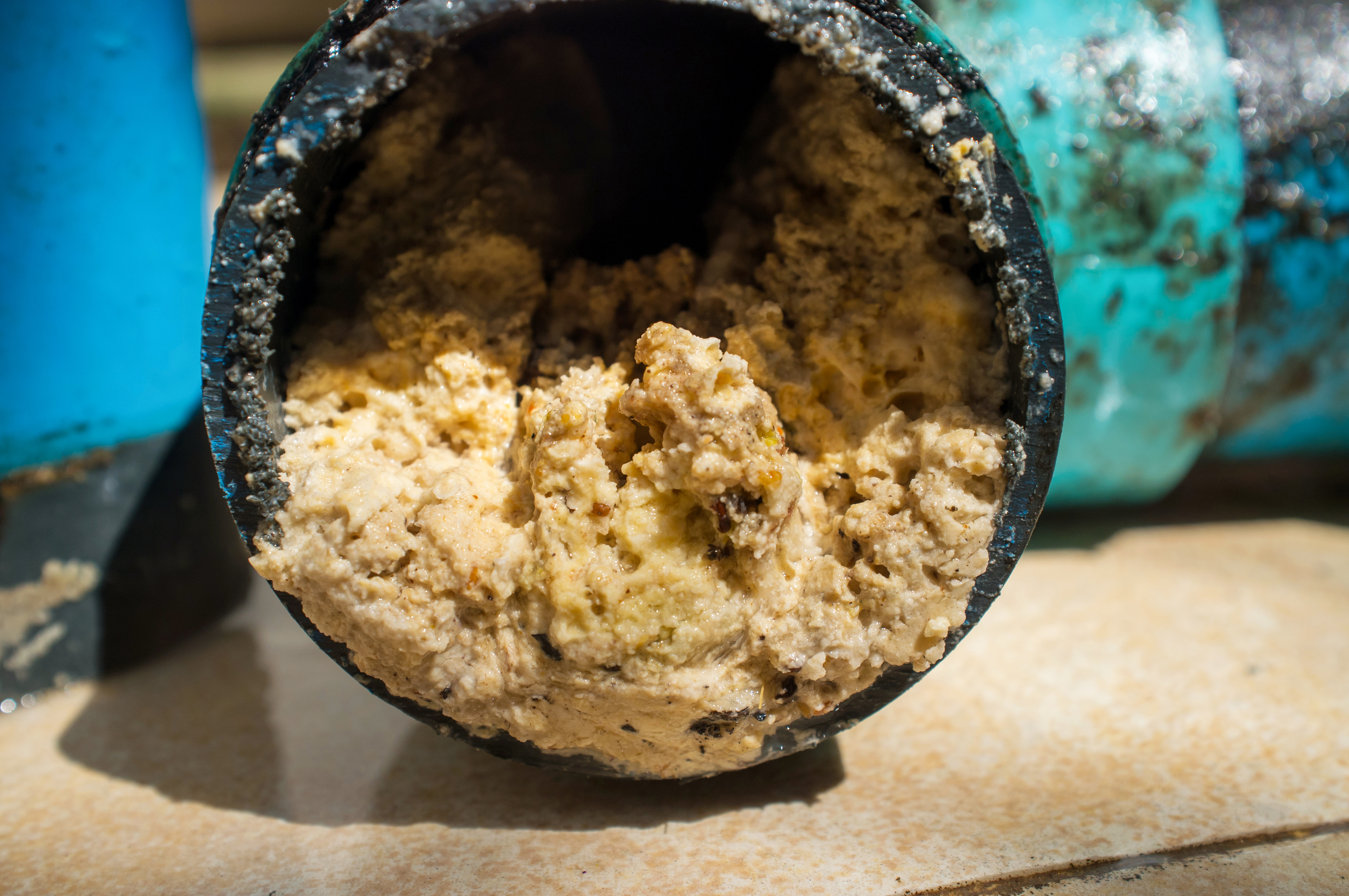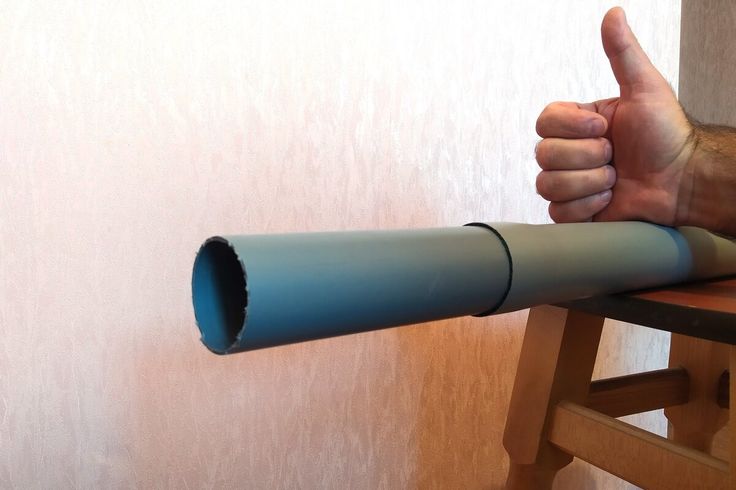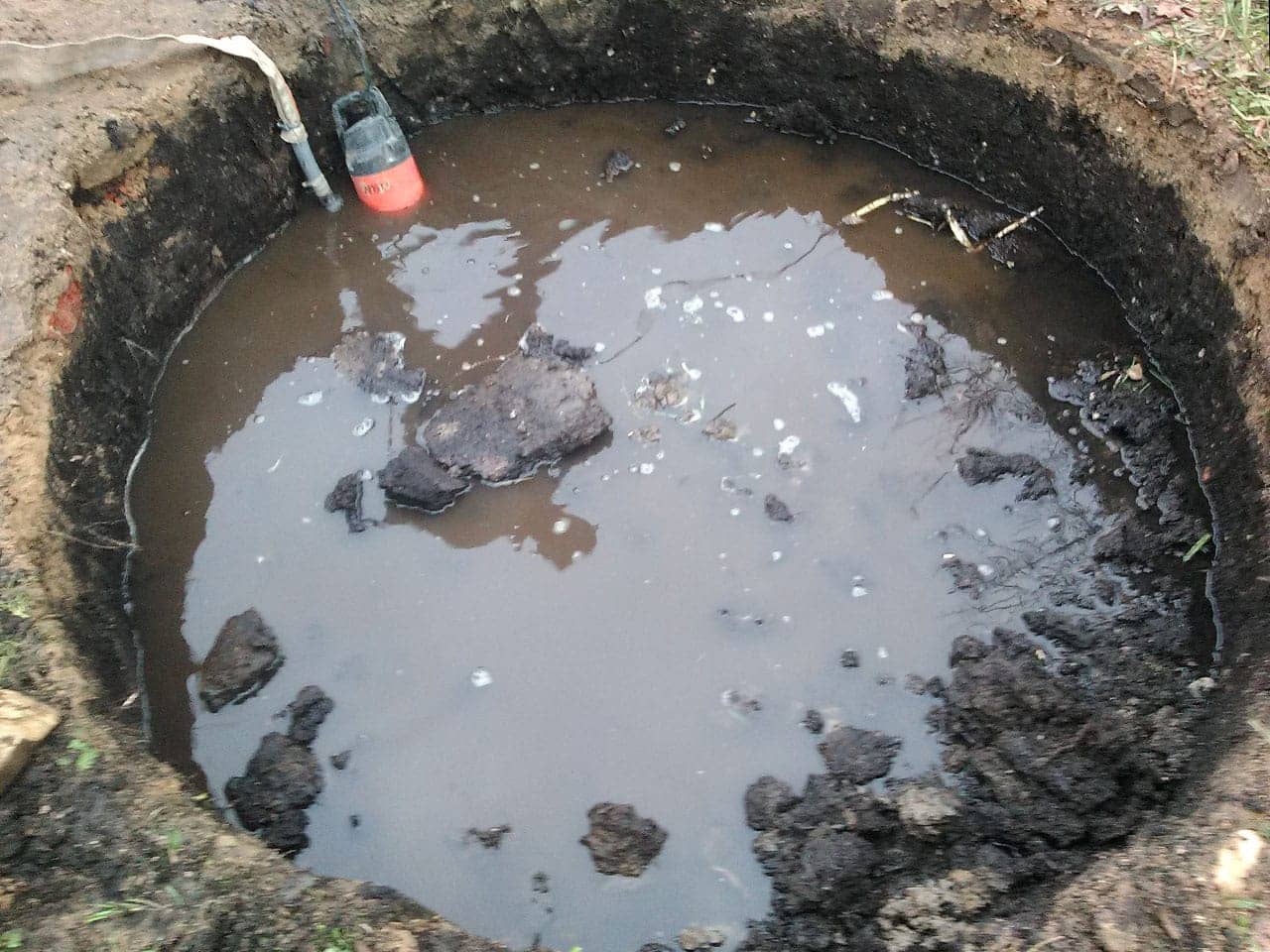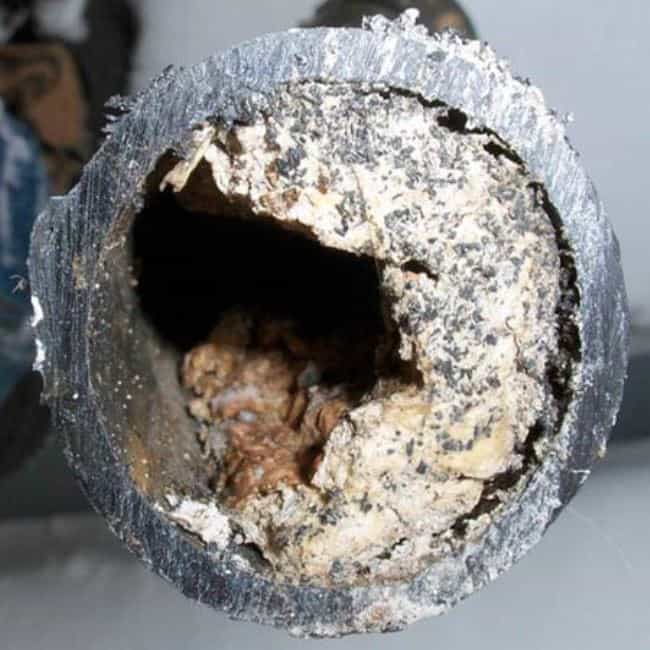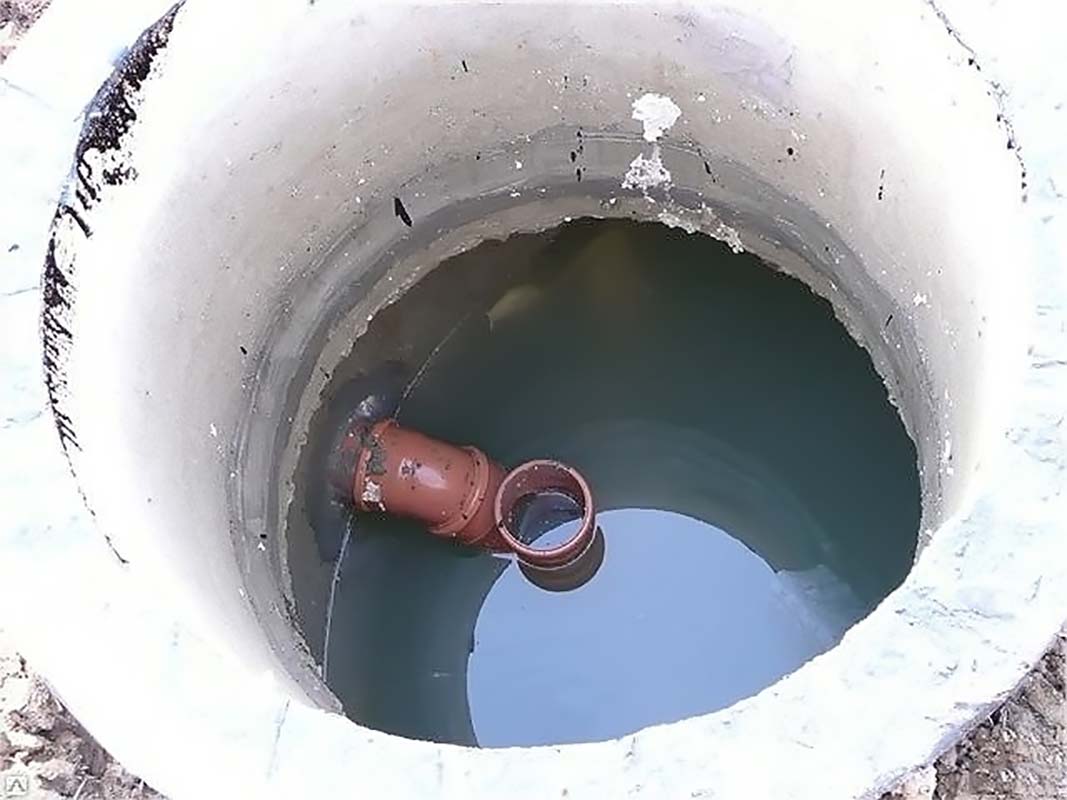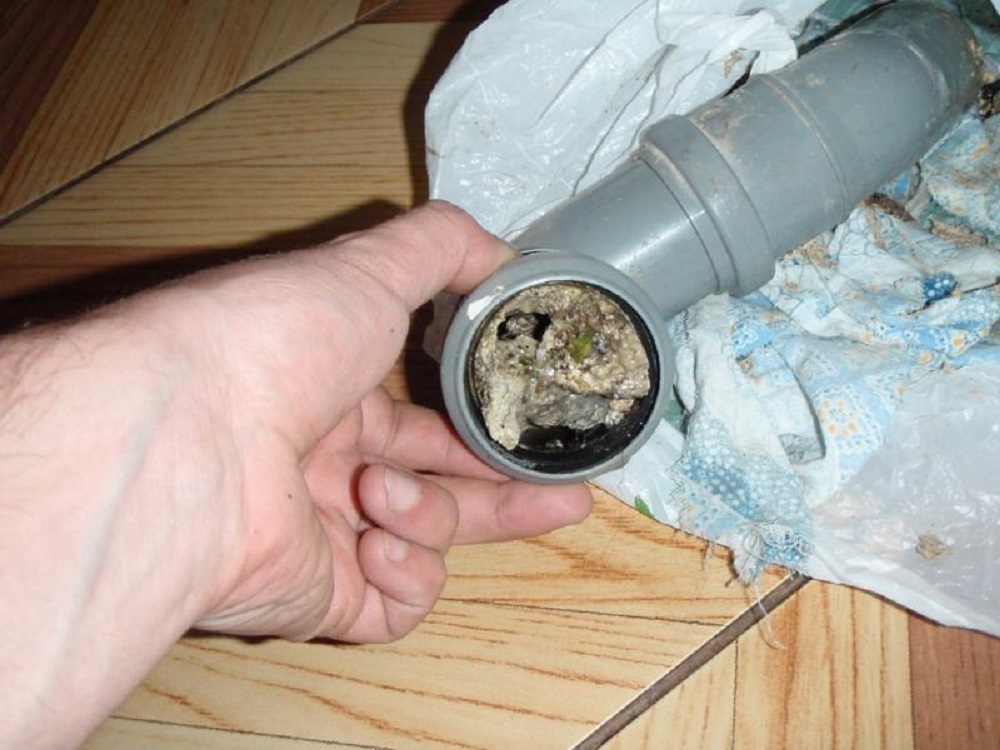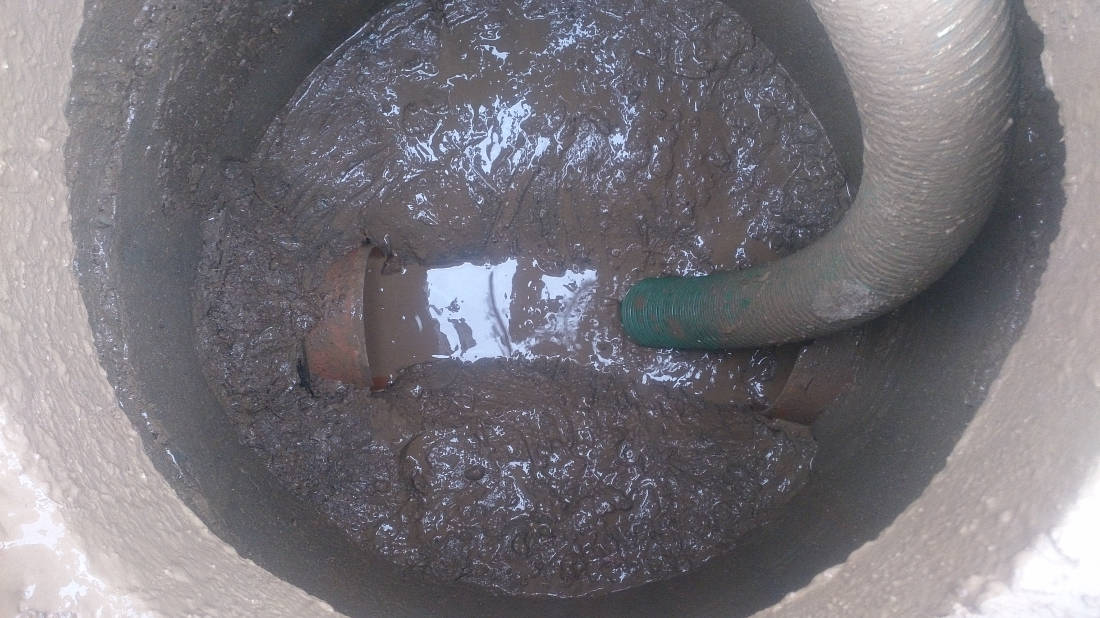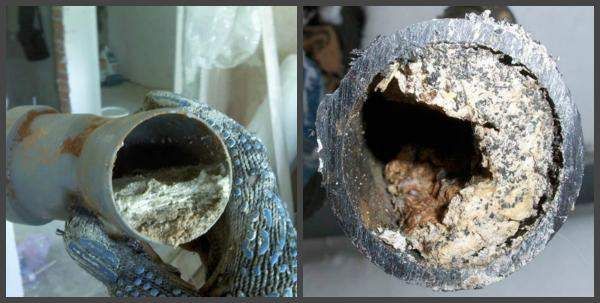The trash box helps to remove dirt and suspended matter from the storm sewer after passing through the filter grate of the storm water inlet. Such devices are made of concrete, polymer concrete and plastic. Installing a sand trap will allow you to quickly clean water from contamination and protect the sewer pipes from blockages.
Purpose and principle of operation
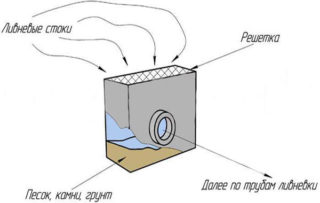
The trash box is a closed container, which consists of a receiver on top, a bottom, pipes on the sides for connecting pipes and a grid. It is an important unit of the storm sewer: it collects water from the surface and transfers it after cleaning further along the highways.
The principle of operation of the sand trap is based on the force of gravity.
From the very beginning, water is transferred to the receivers very quickly and under high pressure, but suddenly falling into a wide container, it loses the flow rate. This leads to the fact that the force of the flow is reduced in comparison with the force of gravity. As a result, large impurities are retained and deposited in the tank. Clay suspension, grains of sand and other debris settle to the bottom of the sand trap. In this case, the flow of water through the sewer pipes does not stop.
From the sand collector, the liquid passes into the collector device, flowing through the drainage channels, due to which up to 80% of solid impurities settle in it. The water becomes almost purified, so the storage devices and drainage pipes are not clogged or clogged.
Varieties of stormwater traps
- Vertical. They are usually produced in the form of an elongated cylinder. Water-insoluble impurities settle to the bottom on their own, and the water, freed from solid particles, flows further through the outlet pipe. A distinctive feature is the large capacity of the tank. They are mainly used in industrial facilities.
- Horizontal. The structure is installed parallel to the ground surface and consists of two parts. In the first, water circulates freely in a straight or circular direction, and in the second, precipitation occurs. It is one of the most popular types of sedimentation tanks and is used everywhere, including in home gardens.
- Tangential. The fixtures are round, with tangential water supply. In it, the incoming water swirls, and various suspensions are thrown onto the walls of the chamber under the action of centrifugal force. From there, they sink to the bottom under their own weight. This type of sand collectors is quite common in European countries, but did not gain popularity in Russia.
- Aerated. Plants are often used in the food industry, where the water entering the effluent has a high percentage of fat content. Inside such a sand collector, an aerator passes from the sewage system, saturating the water with oxygen. This process allows for intensive friction of the grains of sand with each other and more effective cleaning of the liquid. It is also better to purify water from fat impurities, which capture and carry solid particles to the bottom.
The choice of installation takes place depending on the individual characteristics of the backbone networks.
Features of installation and cost of devices
- Determine the installation location. It is mounted on a direct transition from drains to sewer pipes.It must be remembered that sand traps are installed first, and then primary sedimentation tanks and storm water inlets.
- Prepare the pit. Its dimensions should slightly exceed the dimensions of the sand collector. The bottom is poured with concrete - this is necessary to firmly fix the cleaning device so that it does not warp during operation. After the concrete mix has set, a sand cushion is poured onto the base for additional protection of the installation from the negative influence of the soil.
- Fix the fixture to the concrete surface with bolts. Slide the grids of the trash box and check the tightness of their closure.
- Connect to the inlet and outlet channels of the storm sewer system.
Further, the pit is not completely covered with soil and the rest of the stormwater is mounted.
Prices for storm sewer traps range from 1,100 to 28,000 rubles. They depend on the equipment, material, size and configuration of the unit. For city-wide storm drains, powerful and more expensive sand collectors are required. For a personal plot, an inexpensive plastic device is enough, for example, from the company "Hydrolika", the price of which starts from 1100 rubles for a single-section model and from 4400 rubles for a multi-section one.
The correct selection and installation of the unit guarantees reliable protection of the sewer system from various types of blockages.

